From Pinocchio and Fantasia to The Iron Giant, the history of animation is littered with good, sometimes great, films that failed to reach the audiences they deserved on their initial release. Sadly, Kubo and the Two Strings seems to be the latest addition to that list.
Its hard to say why the film hasn’t done better. It earned glowing reviews (a 96% rating on Rotten Tomatoes) and was heavily advertised. Kubo is not only a good film, but one that an adult can take a kid to and truly enjoy. Many recent films that have been billed as “as fun for the whole family” turned out to be something no family member could really enjoy.
Oddly, Laika licensed almost no toys: The figures are so well-designed, people would want versions of them. But a small set for Burger King and a limited edition sculpt of Kubo seems to be about it
With its striking designs, polished animation and original story, Kubo represents a quantum leap for the Laika Studio. The originality of the film is especially welcome in a year when so many animated features felt like rewarmed leftovers.

How often do we have to sit through chase sequences that dump the characters into New York harbor? Haven’t there been enough fat characters turning their butts to the camera and jiggling? Isn’t it time someone declared a moratorium on fart and poop jokes? Although I liked the first Ice Age movie, the fifth installment in the series felt like a rerun on the first viewing. Angry Birds, Ratchet and Clank, Norm of the North and even the hugely successful Secret Life of Pets felt like more of the same.
 Although Kubo beat Ben Hur and Florence Foster Jenkins at the box office, it got clobbered by the sophomoric vulgarities of Sausage Party. Sausage Party reminded me of every joke I’d heard in the boys’ locker room when I was in junior high. It seemed to be predicated on the proposition that if an animated character says “F***,” it’s funny, and if the character yells “F***,” it must be three times as funny. If someone edited the f-bombs out, the script for Sausage Party would probably clock in at about 15 pages.
Although Kubo beat Ben Hur and Florence Foster Jenkins at the box office, it got clobbered by the sophomoric vulgarities of Sausage Party. Sausage Party reminded me of every joke I’d heard in the boys’ locker room when I was in junior high. It seemed to be predicated on the proposition that if an animated character says “F***,” it’s funny, and if the character yells “F***,” it must be three times as funny. If someone edited the f-bombs out, the script for Sausage Party would probably clock in at about 15 pages.
In America, animation has long been treated as an anemic medium, suitable only for wholesome stories. No one swears, bodies remain tastefully clothed and attraction is limited to love at first sight, culminating in a dramatic first kiss and a wedding. Do nudity, profanity and sex have a place in animation? Of course they do, just as they do in any other type of film or art. But the artist should be using that content for a reason—not self-conscious sniggering.
Geoff Dunbar’s Ubu is laced with flatulence, profanity and nudity, but it captures the essence of Alfred Jarry’s proto-Surrealist plays and illustrations. In Colorful, Makoto is horrified to discover his pretty high school classmate Hiroka prostitutes herself to older men to buy designer accessories–a real phenomenon in Japan. The andante passages in Zdenko Gasparovic’s Satiemania are as sensual as any live action movie. Jiri Trnka creates an air of sexual tension between Oberon and Titania in A Midsummer Night’s Dream; similarly, Barry J.C. Purves builds homoerotic tension in Achilles. Two lonely, overachieving teenagers cautiously enter a sexual relationship in Hideaki Anno’s sensitive His and Her Circumstance; at the other end of the spectrum, New York police officer Dee Laytner’s efforts to jump his partner Randy “Ryo” Maclean’s bones in Fake prove hilariously unsuccessful.
“Adult” shouldn’t be a synonym for dirty or crass. When I think of adult animation, I think of films by John and Faith Hubley, Jiri Trnka, Frederic Back, Hayao Miyazaki, Isao Takahata and Satoshi Kon, among others. Truly adult animated films challenge their audiences to think. They evoke deep feelings and offer visions the viewer hasn’t seen before.
Kubo and the Two Strings is not in the same league as Spirited Away or Moon Bird or Crac!, but its Japanese-influenced designs, polished animation and interesting story mark it as one of the year’s best. It should do well at awards time—although it will be up against the box office juggernauts Zootopia and Finding Dory.
Meanwhile, animation fans who haven’t seen Kubo should go: The film deserves a bigger audience.
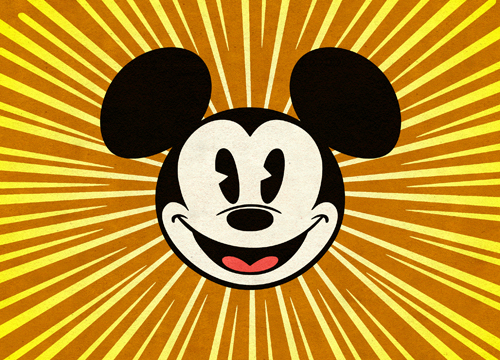

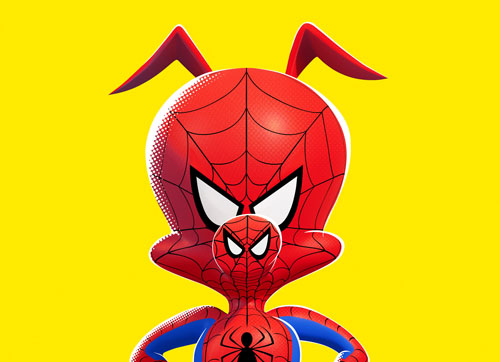

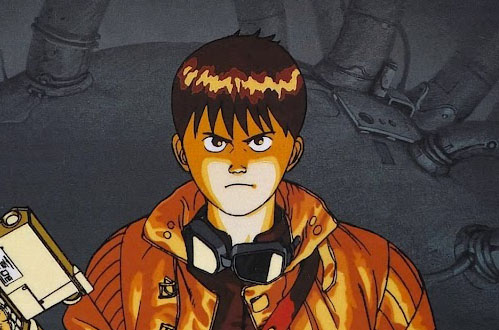

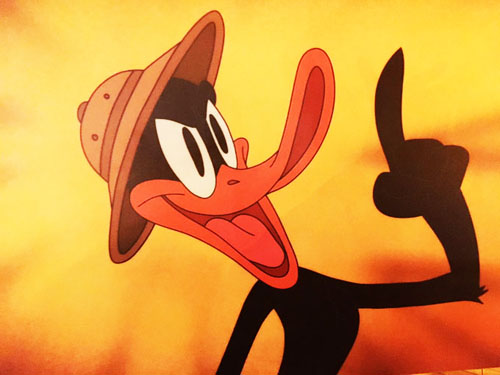










 Although Kubo beat Ben Hur and Florence Foster Jenkins at the box office, it got clobbered by the sophomoric vulgarities of Sausage Party. Sausage Party reminded me of every joke I’d heard in the boys’ locker room when I was in junior high. It seemed to be predicated on the proposition that if an animated character says “F***,” it’s funny, and if the character yells “F***,” it must be three times as funny. If someone edited the f-bombs out, the script for Sausage Party would probably clock in at about 15 pages.
Although Kubo beat Ben Hur and Florence Foster Jenkins at the box office, it got clobbered by the sophomoric vulgarities of Sausage Party. Sausage Party reminded me of every joke I’d heard in the boys’ locker room when I was in junior high. It seemed to be predicated on the proposition that if an animated character says “F***,” it’s funny, and if the character yells “F***,” it must be three times as funny. If someone edited the f-bombs out, the script for Sausage Party would probably clock in at about 15 pages.
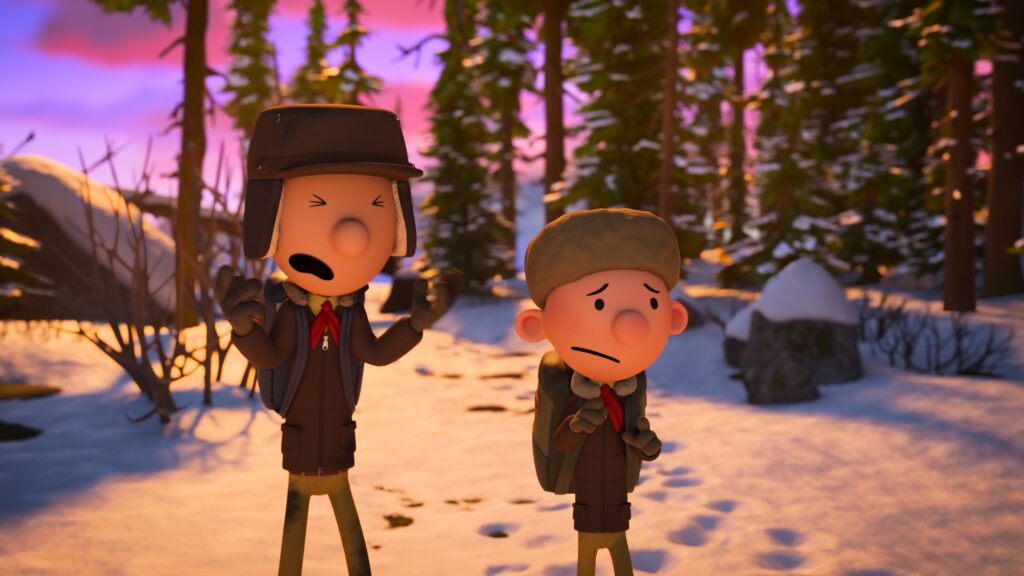


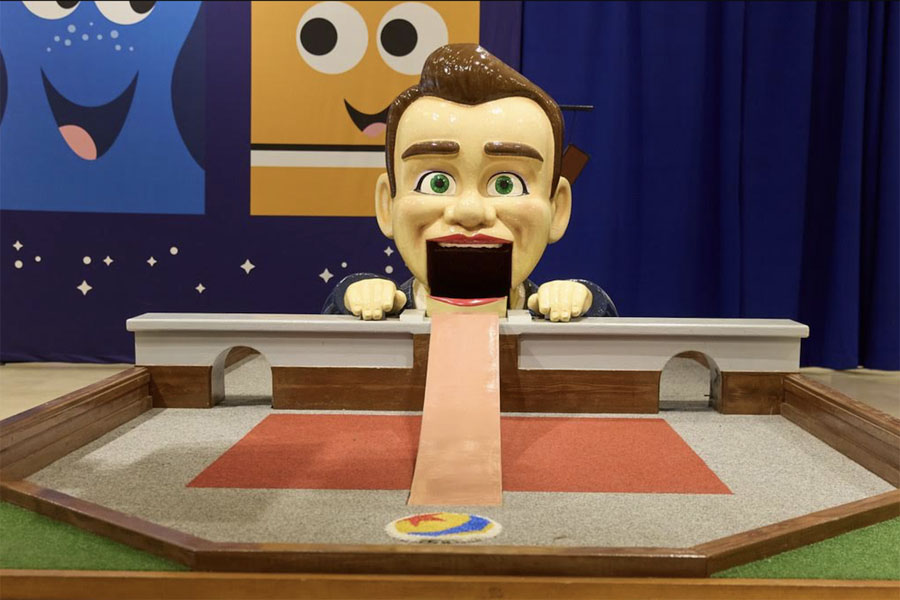



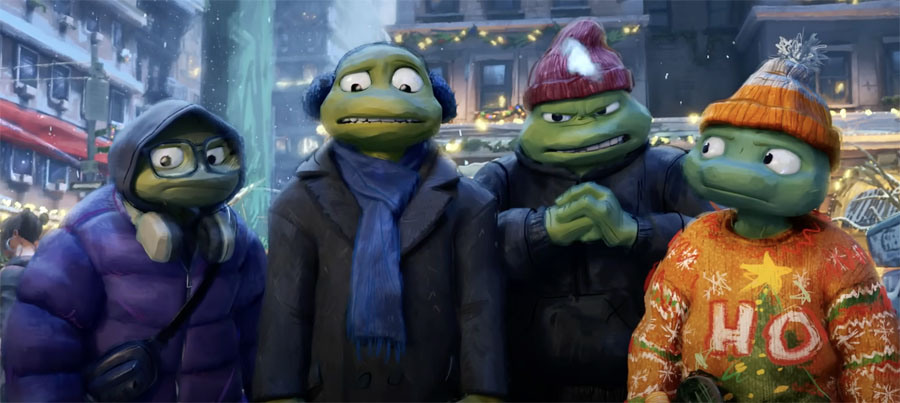


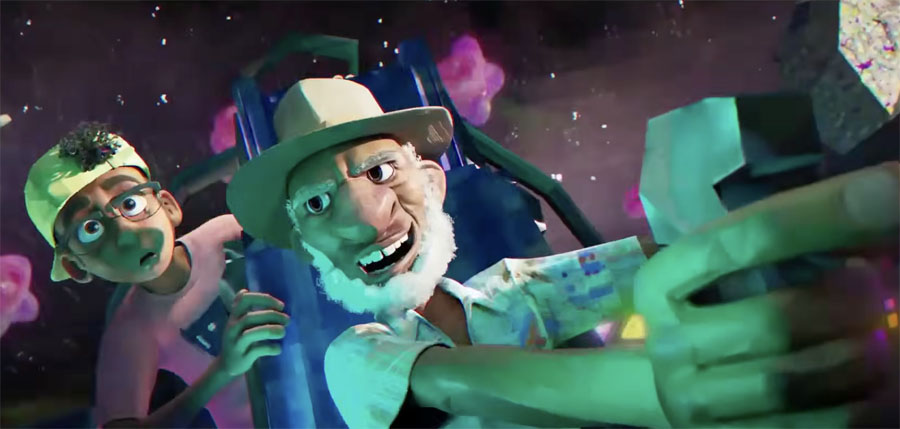



0 Responses
Unfortunately, the same applied to Shaun the Sheep Movie. It looked appealing enough (and incredibly funny to boot), but most didn’t make the effort to watch it (There were a couple of families at my showing, so even though the series is almost obscure in the states, it was the only family film playing at the time).
I will go see it. Sadly, the movie hasn’t been released yet where I live. Have to wait until the end of October. Kubo isn’t out in many countries around the globe, so I still hope there will be some money added to it’s box office account in the coming weeks.
And regarding awards season… No chance. Disney always automatically wins the Oscar. Every year I wish for either Laika’s or Cartoon Saloon masterpieces. Haven’t been impressed with the Disney Animation Studio’s or Pixar stuff in recent years at all.
Spot on! I’ve been rather annoyed by people calling ‘Sausage Party’ an adult film, while its in fact hopelessly immature. What the American animation industry needs is not another ‘Sausage Party’, but an equivalent to feature films like (e.g.) ‘The Tale of the Princess Kaguya’, ‘It’s Such A Beautiful Day’ or ‘Couleur de peau: miel’. American independents like Plympton, Paley, and Hertzfeldt understand the potential of the animated feature film a hundred times better than any American studio executive.
I’m hoping this will at least be nominated and maybe win (although Disney might win as I enjoyed their film this year). As for the adult type animation film that you desired to see, I heard Laika is going to move on to an adult centered character film next and it would be nice if the film would be done along lines like Tmka’s work but we’ll have to wait and see.